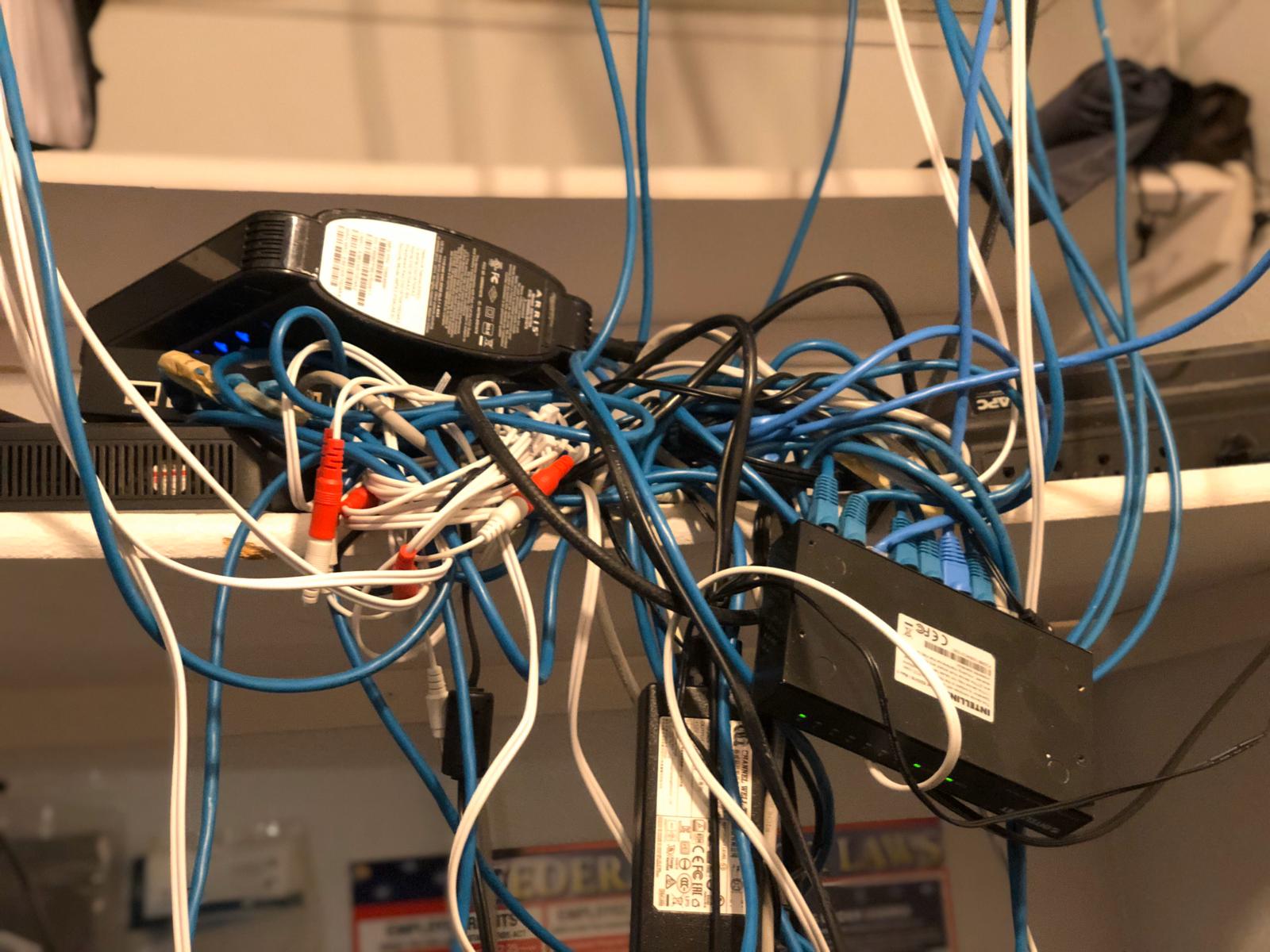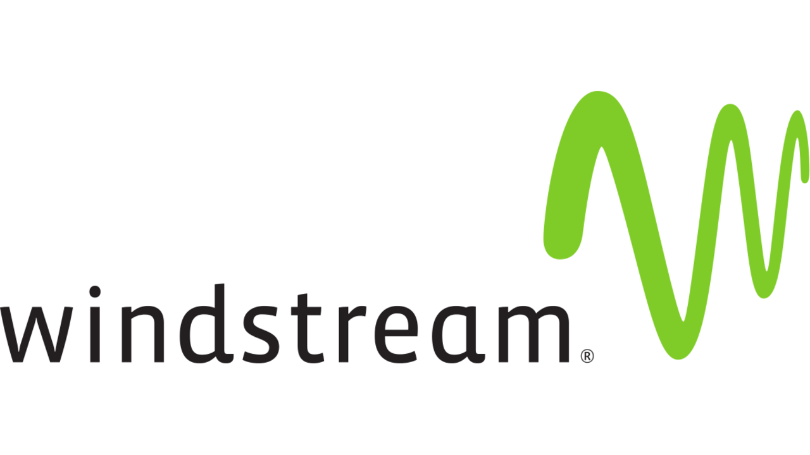Comprehensive comparison of Spectrum internet service vs AT&T helping consumers make the best choice when it comes to TV, phone and internet
22 October, 2024 | Posted by:
Category: Deals & Packages, Reviews | No Comments

Choosing the right Internet Service Provider (ISP) can feel like picking a favorite in an epic showdown. In the broadband arena, two titans—Spectrum and AT&T—compete for the top spot. Let's dive into a detailed comparison of their services, speeds, prices, and more.
AT&T: Covers 21 states with DSL, Fiber, and Fixed Wireless, focusing on quality and customer satisfaction.
Spectrum: Spreads through 41 states, offering broad coverage, especially appealing outside of fiber-reach areas.
Spectrum: Offers speeds from 100 Mbps to 940 Mbps, catering to heavy streaming and gaming.
AT&T: Provides speeds up to 1000 Mbps with its Fiber service, perfect for high-definition streaming and professional use.
AT&T: Offers tailored plans with competitive pricing, especially for higher-speed fiber options.
Spectrum: Provides straightforward, competitive pricing without contracts, giving flexibility to change or cancel services freely.
Spectrum: Known for extensive coverage and straightforward customer service.
AT&T: Highly rated in customer service and reliability, especially in fiber-serviced areas.
Spectrum: Offers free access to nationwide Wi-Fi hotspots and includes a free modem.
AT&T: Notable for its bundle deals, combining internet, TV, and mobile services for streamlined billing.
Spectrum: Spectrum does not impose data caps, allowing users to enjoy unlimited internet usage without worrying about overage fees.
AT&T: AT&T has data caps on some plans, particularly DSL and fixed wireless options, but offers unlimited data on its fiber plans.
Spectrum: Offers free modem rental and does not charge for professional installation.
AT&T: Charges for equipment and professional installation, though discounts and promotions are often available.
Spectrum: Receives mixed reviews, with customers praising its no-contract options but noting occasional service interruptions.
AT&T: Generally receives higher customer satisfaction ratings, particularly for its fiber service, with users appreciating the speed and reliability.
| Feature | Spectrum | AT&T |
|---|---|---|
| Coverage | 41 states | 21 states |
| Internet Types | Cable | DSL, Fiber, Fixed Wireless |
| Max Speed | 940 Mbps | 1000 Mbps (Fiber) |
| Pricing | Competitive, no contracts | Competitive, tailored plans |
| Customer Service | Straightforward | Highly rated |
| Extra Features | Free modem, Wi-Fi hotspots | Bundle deals |
| Contract Requirement | None | Varies |
| Data Caps | None | On some plans |
| Installation Fees | Free | Varies |
Choosing between Spectrum and AT&T depends on personal needs and local availability. For more details, check out our detailed infographic on KonectEaze.
Like any legendary duel, the Spectrum vs. AT&T match-up doesn’t have a one-size-fits-all winner. It’s about which ISP meets your specific needs. Explore more about these providers on KonectEaze and make an informed decision based on our comprehensive comparison.
News highlights and information related to Internet Service Providers, Television, and the world of Highspeed Broadband Internet.
21 October, 2024 | Posted by: Pablo Mendoza
Category: Cable, Deals & Packages, News, Service Providers | No Comments
.jpeg)
Stay updated with the latest happenings in the world of high-speed broadband internet, cable, and television. Here are some recent news highlights and information related to Internet Service Providers (ISPs).
Customers affected by the recent Spectrum outage for TV, internet, and phone services are eligible for refunds. Spectrum has acknowledged the inconvenience and is working to ensure better service reliability. To learn more, customers can call Spectrum’s customer service line or visit Spectrum Internet Plans.
Optimum cable announced a $20 increase in their cable rates starting July. As other companies adapt to the cord-cutting trend, Optimum opts to charge more. This might be a good time to explore alternative options like Comparing Some of the Best DSL Internet Service Providers.
New satellites launched last week aim to provide high-speed internet coverage across Alaska, addressing concerns about connectivity in the region. This development is part of a broader effort to improve internet access in rural and remote areas.
Recent findings suggest that the FCC's broadband maps are flawed. States are taking measures to accurately identify residents' access to high-speed internet, which is defined as speeds over 25 Mbps. Accurate mapping is crucial for targeting areas that need infrastructure investments. For more information on broadband technology, read The Success and Future of High-Speed Internet.
5G technology is rolling out, providing faster internet speeds and lower latency, particularly beneficial for urban areas. As 5G networks expand, they are expected to complement existing broadband infrastructure, offering high-speed internet even in densely populated areas. Discover the Success and Future of High-Speed Internet.
The broadband industry is rapidly evolving, with new technologies and initiatives aimed at improving accessibility and performance. Staying updated with these developments can help consumers make informed decisions about their internet services.
Keeping you up to date with High Speed Broadband Internet Providers updates news and information.
22 October, 2024 | Posted by: Pablo Mendoza
Category: Apps, Business Internet, Cable, Entertainment, Gaming, Deals & Packages, News, Reviews, Internet, Service Providers, Streaming, Technology, This & That, Tips, TV | No Comments

Staying informed about the latest developments in high-speed broadband internet is essential. This guide highlights recent news and updates from the industry, focusing on innovations, accessibility, and significant events.
The deployment of satellites by companies like OneWeb and SpaceX has continued to expand, aiming to provide global high-speed internet access, particularly targeting rural areas. These efforts aim to bridge the digital divide, ensuring even remote areas can access high-speed internet. Additionally, HughesNet and Viasat are enhancing their satellite networks to remain competitive.
Recent reports indicate that over 42 million Americans still lack access to high-speed internet, a significant issue impacting their ability to stream content, work remotely, and perform other online activities effectively. This gap highlights the ongoing need for infrastructure improvements and broader accessibility initiatives. To understand more about the differences in internet connectivity, check out Evaluating Your Options: DSL, Cable, Satellite, and Fiber Internet.
The FCC's Rural Digital Opportunity Fund, now exceeding $20 billion, continues to be a pivotal initiative aimed at bringing faster internet to underserved areas across the United States. This fund is expected to create jobs, enhance opportunities, and improve internet access for millions of Americans, significantly impacting rural communities. Learn more about What Internet Speed is Right for You?.
Spectrum recently experienced a significant service outage affecting internet, television, and phone services in several Northeast states due to severe weather conditions. This outage left many customers without connectivity over the weekend, underscoring the importance of robust infrastructure to handle extreme weather events. For tips on improving your internet speed, visit How to Increase Your Internet Speed.
The broadband industry is rapidly evolving, with new technologies and initiatives aimed at improving accessibility and performance. Staying updated with these developments can help consumers make informed decisions about their internet services.
Internet usage has taken over our everyday lives. According to statista.com, the global mobile data traffic of 2018 alone was 19.01 exabytes per month! Experts even say that by 2022, it will rise up to 77.5 exabytes per month!
22 October, 2024 | Posted by:
Category: Deals & Packages | No Comments

Viasat Internet offers robust solutions, particularly beneficial in rural areas. Managing your data effectively is crucial to maintain consistent internet speeds and avoid running out of data before your billing cycle ends. This guide will help you effectively manage your Viasat Internet plan.
Viasat's plans typically include a data threshold, after which speeds may be reduced during network congestion. Understanding these policies is crucial for effective data management.
Video streaming consumes significant data. Adjust video quality settings on streaming services like Netflix and Hulu to optimize data usage.
Ensure your Wi-Fi network is secure with a strong password to prevent unauthorized access, which can consume your data.
Keep your operating system and software updated, and use antivirus programs to protect against malware that can use up your data.
By adopting these strategies, you can enhance your Viasat Internet experience, ensuring smoother performance and avoiding extra charges or throttled speeds. Manage your data proactively to enjoy uninterrupted online access.
For the most part, Windstream is primarily in areas where satellite internet tends to be the “only other option”. In this case Windstream’s uncapped data limits and pricing for speed will always be the more attractive option.
22 October, 2024 | Posted by:
Category: Deals & Packages, Reviews, Service Providers | No Comments

Windstream is known for providing DSL internet primarily in rural areas of the US. Recently, they have expanded their services by laying fiber optic internet cables in select markets. Although DSL speeds cannot compete with cable and fiber optic speeds, Windstream is a preferable choice in regions where satellite internet is the only other option.
Windstream was formed in 2006 through the merger of Alltel's landline business and VALOR Communications Group. It has since grown through acquisitions and expansions, particularly focusing on providing internet and communication services to rural and underserved areas. The company has made significant investments in fiber optic infrastructure to enhance its service offerings and compete with larger providers.
Windstream provides a range of plans to meet different needs and budgets. Here's a colorful and eye-catching table to help you choose the right plan for you:
| Plan Name | Internet Type | Speed | Monthly Price |
|---|---|---|---|
| High Speed Internet 25 | DSL | 25 Mbps | $26.00 |
| Kinetic Internet 25 | Fiber | 25 Mbps | $26.00 |
| Kinetic Internet 100 | Fiber | 100 Mbps | $36.00 |
| Kinetic Internet 200 | Fiber | 200 Mbps | $41.00 |
| Kinetic GIG Internet | Fiber | 1,000 Mbps | $56.00 |
| Kinetic Internet 500 | Fiber | 500 Mbps | $46.00 |
Note: Pricing and availability may vary. Installation is free, but a $50 activation fee appears on the first bill. There’s a $10 leasing charge for the modem/router, but you can use your own equipment to bypass this fee.
Windstream services are available in 18 states, including Alabama, Arkansas, Florida, Georgia, Kentucky, Minnesota, Mississippi, Missouri, Nebraska, North Carolina, South Carolina, New Mexico, New York, Ohio, Oklahoma, Pennsylvania, South Carolina, and Texas. Fiber optic options are gradually expanding into more markets.
Windstream provides a viable internet solution for rural areas, especially where satellite internet is the only alternative. Their unlimited data plans and expanding fiber optic services make them a competitive choice. With no contracts and the option to bundle services, Windstream offers flexibility and value to its customers.